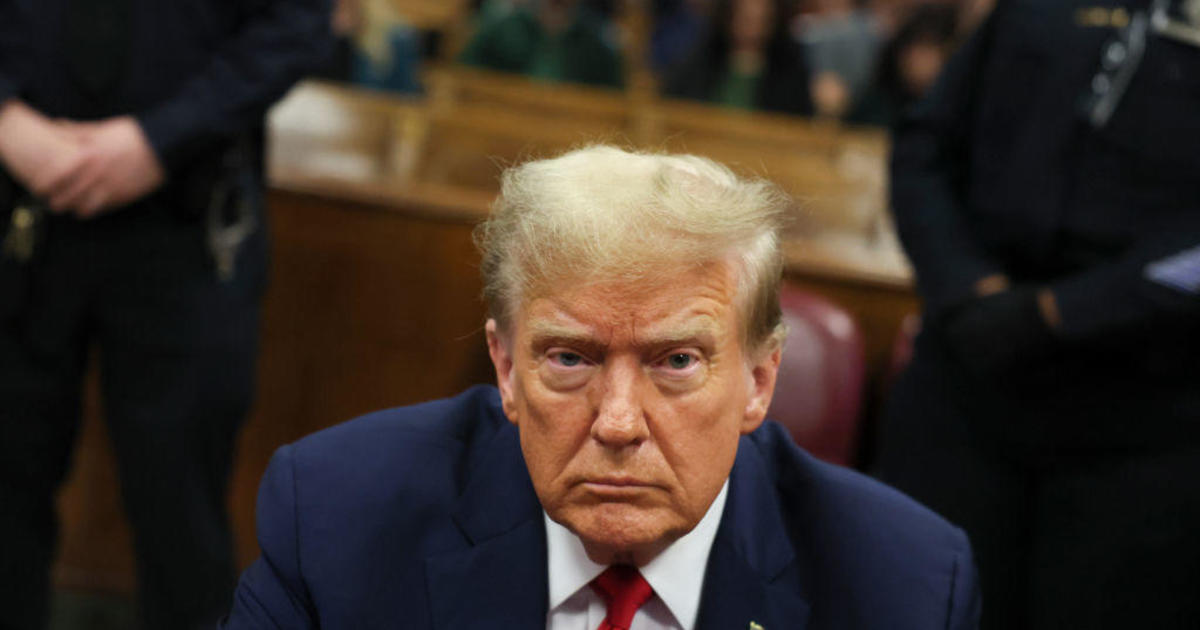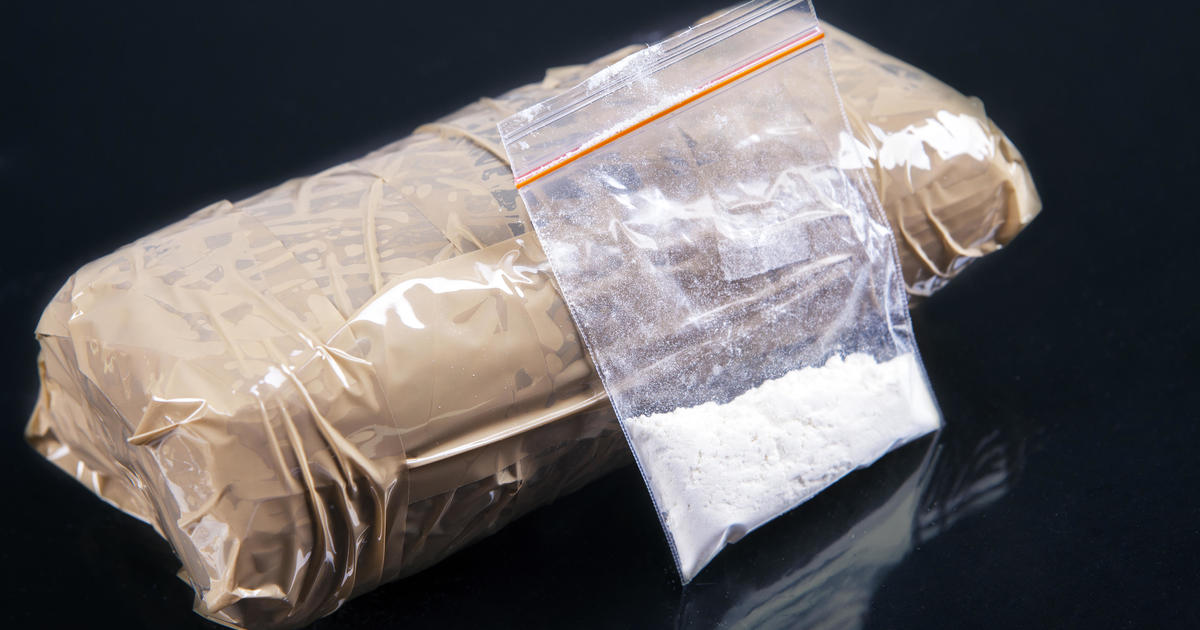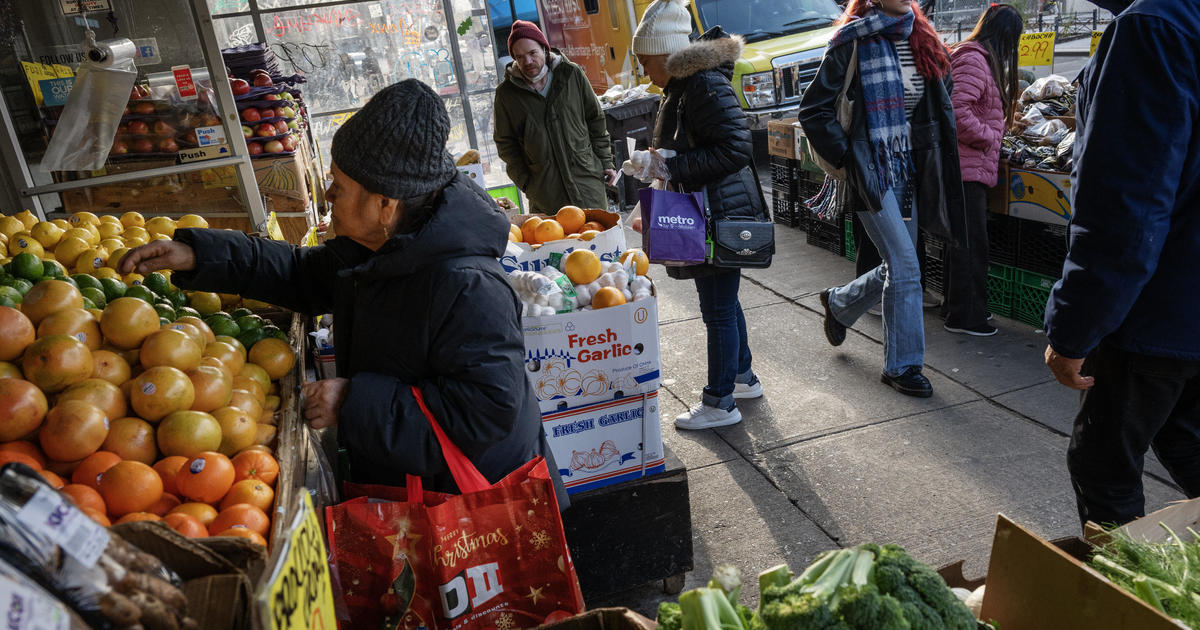Stocks swing wildly after Wall Street's biggest day in a decade
Wall Street's wild Christmas week goes on, with the Dow falling more than 600 points Thursday afternoon before springing back with a furious late-day rally to close with a 250-point gain. All this just a day after notching its biggest-ever point gain.
Volatility has been the norm for U.S. stocks in December: The Dow has dropped 1 percent or more in eight of the 17 trading sessions. Even with Wednesday's big gains, and Thursday's smaller comeback, the Dow, the S&P 500-stock index and the Nasdaq composite are all down more than 10 percent for the month.
Signs of slowing economic growth globally and a partial U.S. government shutdown heading into its sixth day whipsawed markets from Europe to Asia to America on Thursday. As 2:30 p.m. Eastern Time approached, the Dow was down 611 points, or about 2.6 percent, following a historic 1,000-point leap the previous day, while the broader S&P 500 and tech-heavy Nasdaq composite were down 2.5 percent and 3.2 percent, respectively.
Less than two hours later, the Dow closed the trading day up 260 points, or 1.1 percent, for an intra-day swing of 871 points. The S&P 500 finished with a gain of 0.9 percent and the Nasdaq composite was up 0.4 percent.
On Wednesday, U.S. markets snapped a four-day losing streak and clocked their best day in more than 10 years as the Dow jumped 5 percent, or 1,086 points, to 22,878.45, and the S&P 500, Nasdaq composite and Russell 2000 index of smaller-company stocks all rose 5 percent or more.
President Donald Trump said there were no plans to oust Fed Chairman Jerome Powell, though that sentiment seems as volatile as the stock markets. Strong holiday sales, up more than 5 percent during the holiday season in the U.S., also lifted spirits in the shortened trading week. Mastercard SpendingPulse said U.S. shoppers spent more than $850 billion this year.
"The question, of course, is whether this is just a snapback bear market rally, or as Trump said, a tremendous opportunity to buy stocks?" Chris Weston of Pepperstone Group Limited said. "We can assess the fundamental drivers, such as poor global economics, the Fed not altering its forward guidance or providing flexibility to the pace of balance sheet normalization, and ascertain nothing has really changed here," he added.
"The last two days are really demonstrable of what the market is struggling with," said Tom Martin, senior portfolio manager of Globalt Investments. "It's looking for a bottom. It's looking for a reason to gain a little more confidence. And it's also looking for opportunities to reposition and lessen risk."
Bloomberg reported that the U.S. will send a government delegation to hold trade talks with Chinese officials in Beijing in the week starting Jan. 7. It cited two people familiar with the matter. This follows a meeting between President Trump and his Chinese counterpart Xi Jinping in Argentina earlier this month. The two leaders agreed to hold off on additional tariffs for 90 days as they work on disagreements on trade and technology policies.
In Japan, the Nikkei 225 index rebounded 3.9 percent. It tumbled more than 5 percent on Tuesday before recovering slightly a day later. South Korea's Kospi was less than 0.1 percent higher, and the Shanghai Composite index lost 0.6 percent. The Hang Seng index was 0.7 percent lower, while Australia's S&P-ASX 200 jumped 1.9 percent. Stocks climbed in Taiwan and throughout Southeast Asia.
Trading resumed in European markets, which had been closed for the Christmas holiday, and the German DAX slid 1.7 percent, France's CAC 40 gave up 0.1 percent and Britain's FTSE 100 fell a full percentage point.



